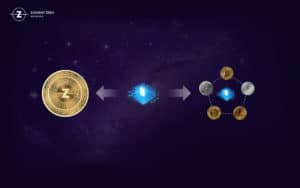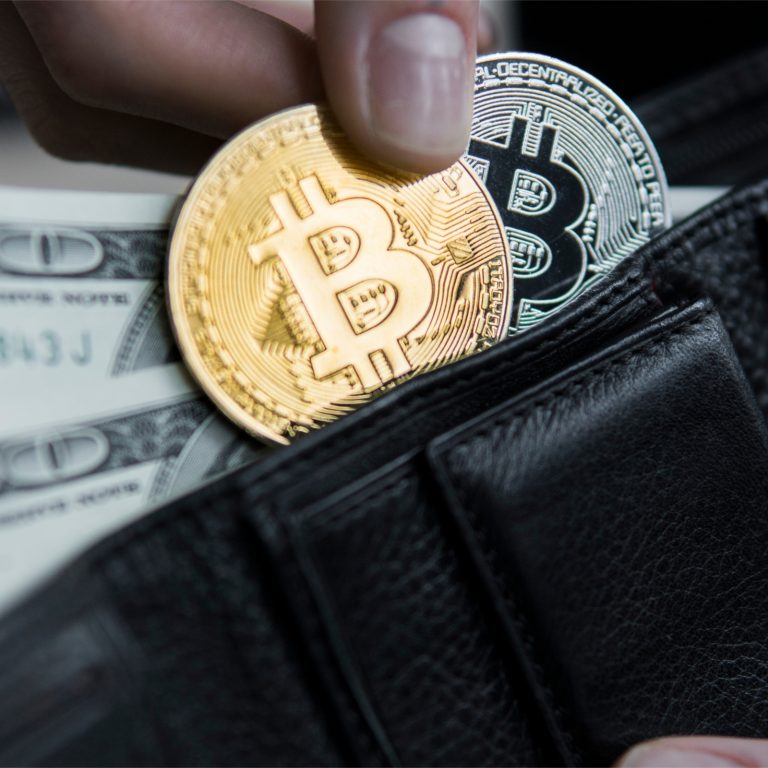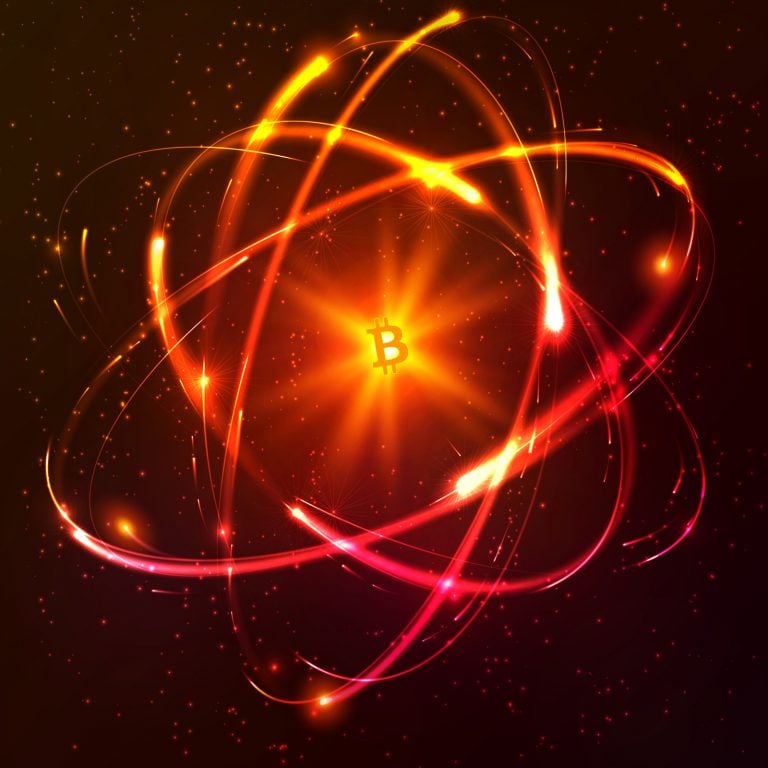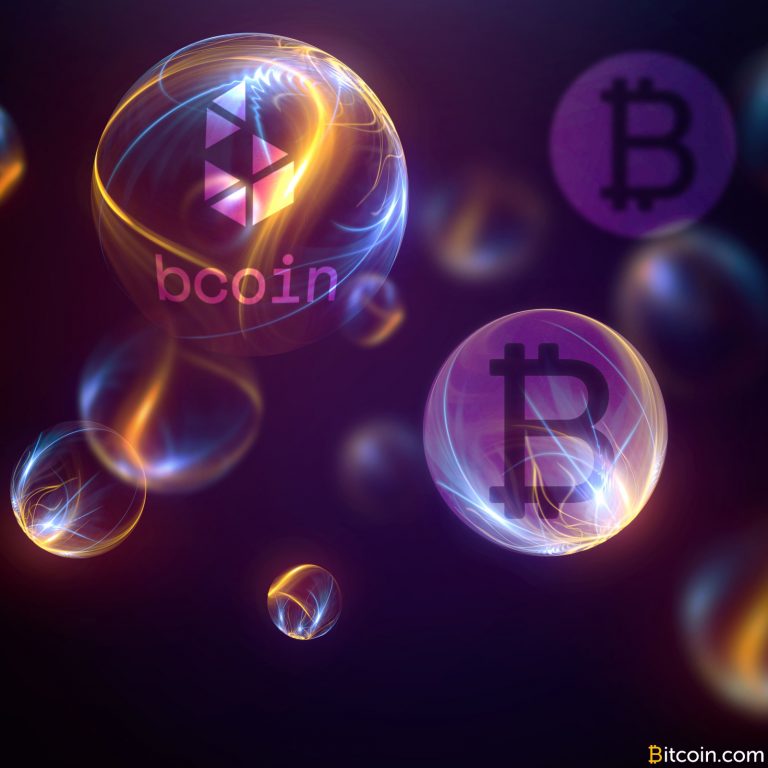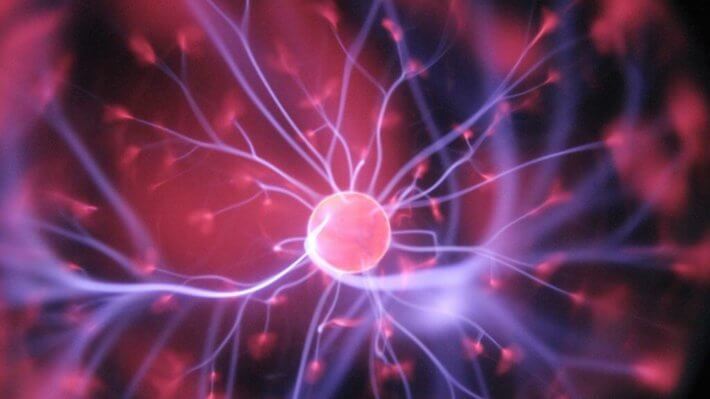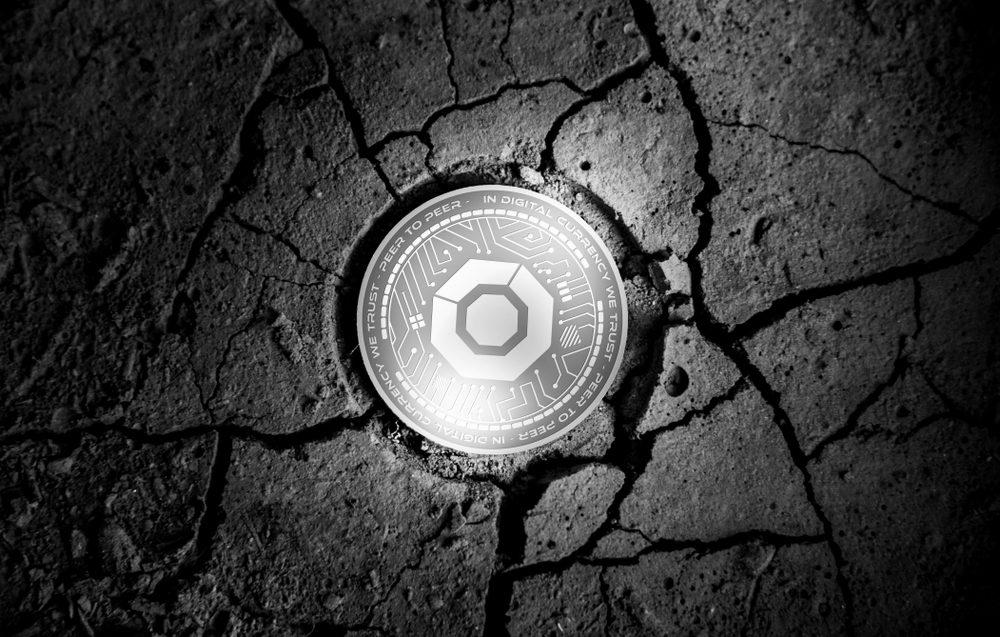2019-9-24 15:01 |
Atomic swaps are one of the most promising advances in decentralized technology: they’re a trustless method for peer to peer trading, without relying on a third party. These swaps rely on Hash Time-Locked Contracts, or HTLCs, which automatically execute or cancel a trade after a certain time limit. This ensures that neither side can default on the deal.
Although the full details are more complicated, atomic swaps simplify crypto trading in some very important ways. Unlike traditional centralized exchanges, these swaps don’t require a third-party custodian, and unlike most decentralized exchanges, they don’t rely on relayers. Instead, cryptographic proofs power the entire transaction.
This approach to trading is also lightweight and unrestricted. Atomic swaps don’t demand expensive fees, and they aren’t vulnerable to theft. They also are resistant to regulatory pressure, and they rarely require KYC–although some DEXes aren’t taking chances.
But despite these advantages, atomic swaps have yet to reach critical mass, both due to technical obstacles, and for practical reasons.
Some Technical IssuesIn theory, atomic swaps should be less expensive than centralized exchanges, since there are no middlemen to take a cut. However, low fees are not actually guaranteed, as Beam (yes, that Beam) has noted. During an atomic swap, on-chain transaction fees still need to be paid, and these can be quite expensive. Off-chain swaps could solve this problem, but that requires solving other problems.
On top of that, atomic swaps are not always fast. Sparkswap has argued that basic swaps are too slow for many trading situations: Bitcoin swaps can take more than an hour to finalize. This is a significant problem, Sparkswap says: crypto prices can fluctuate quickly, and this in turn can cause one side of the trade to back out, cancelling the transaction.
Finally, compatibility is an issue. As Binance Academy explains, cryptocurrencies that are traded in an atomic swap must share a hashing algorithm, and they must be programmable. Although Komodo claims that it can swap 95% of coins, this is largely due to the prevalence of Ethereum’s ERC-20 standard, and some coins simply do not support atomic swaps.
A Matter of Time?It could be that atomic swaps are making slow progress simply because they are a new technology. Although they were first proposed in 2013, the earliest swaps were manually organized on message boards. For instance, jl777 coordinated a Dogecoin to Litecoin swap on an NXT forum in 2014, preceding his own atomic exchange, InstantDEX, by about two years.
Suffice to say, atomic swaps suffered from lack of visibility and accessibility for a long time. More significant swaps began to take place in 2017 when Charlie Lee participated in a Litecoin to Decred swap. In the same year, Komodo’s BarterDEX went live, and the Lightning Network began to popularize HLTC-based payment channels.
Atomic swaps are now reasonably accessible thanks to an increasing number of automated services, but coordination between users is still an issue. If you want to perform a swap, you’ll still need to find a partner, and that’s not always possible. Additionally, atomic swap are just a side feature on some exchanges, such as Switcheo. As a result, they are not always highly visible.
Which Atomic Swap Projects Are Moving Forward?There are a few projects that are trying to bring atomic swaps into the spotlight. This summer, Komodo launched AtomicDEX as a successor to BarterDEX, introducing a more streamlined interface and a new app for mobile devices. AtomicDEX also attempts to provide greater liquidity through integration with centralized exchanges, OTC trading desks, and other entities.
Other services are confronting different issues. For example, Sparkswap is primarily trying to improve settlement speeds and interoperability. Meanwhile, Orion and WanChain are collaborating on atomic swap liquidity. Other services are focusing on specific coins: Switcheo is working with Ethereum and NEO, and Liquality is working with Bitcoin, Ethereum, and Dai.
Many of these platforms have simple and appealing interfaces, and they couldn’t come at a better time. Ever since Shapeshift killed its anonymity features, there have been widespread calls for a simple, trustless, and anonymous coin-swapping service. If atomic swaps can overcome their challenges, they may eventually be able to fill the void that Shapeshift has left behind.
The post Can Atomic Swaps Reach Critical Mass? appeared first on Crypto Briefing.
Similar to Notcoin - Blum - Airdrops In 2024
Atomic Coin (ATOMIC) на Currencies.ru
|
|
